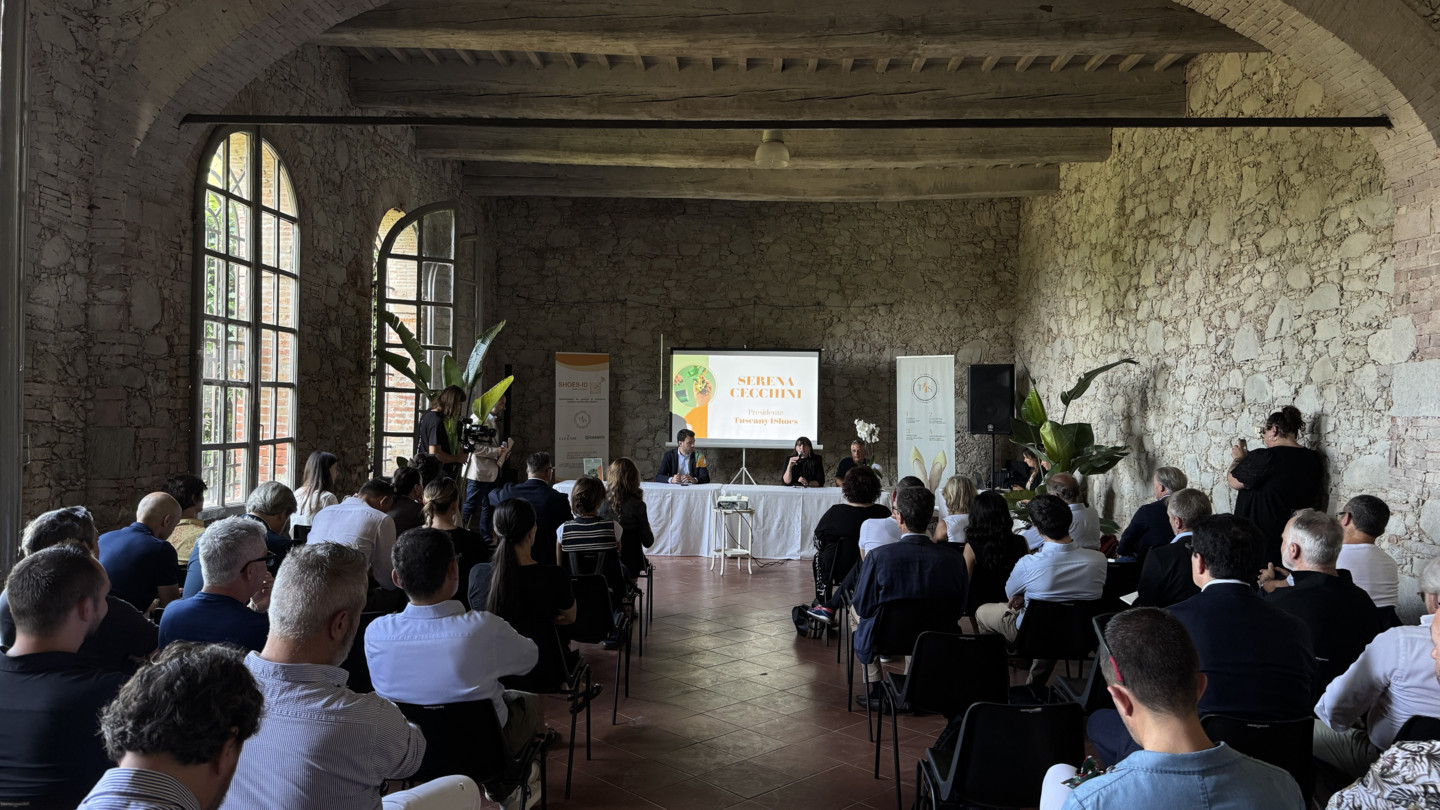According to the Economic Outlook prepared by the Confindustria Moda Study Centre, 2024 promises to be a difficult year for Italian leather goods. Data for the first quarter of 2024, in fact, confirm the extreme weakness of demand (first and foremost international demand), with a further squeeze on orders and consequent repercussions on companies’ production activity.
The most significant datum is the -18.1% shown by the ISTAT index of industrial production for the item ‘Travel and leather goods’ in the first 3 months of the year compared to the corresponding period of 2023, which explains the reason for the new massive recourse to wage integration tools and casts more than a shadow on the sales trend in the following months.
The indications gathered last May among associated leather goods entrepreneurs through the customary sample survey describe an equally unfavourable picture, estimating a -12% average overall drop in turnover compared to January-March 2023 among the sample companies.
Taking a closer look at the ISTAT data available to date, it emerges that, in the first 3 months of the year, leather goods were sold abroad for 2.66 billion euro, or -11.8%, with a decrease also in KG (-4.8%). Examination by destination shows better performance for EU outlets (which limit the drop in value on January-March 2023 to -0.9%) than for non-EU markets (down instead by -16.3% overall). Among the European Union partners, France – the first destination, with a share of total Italian exports of around 16%, whose figures also include products made for French luxury brands – shows a contraction of -4.9% (much more severe in KG: -27%). Germany held its own (ranked 6th in value, but 1st in KG), which, against a timid -0.4% in value, recorded +8.2% in volume. Finally, all the other main EU members increased in value – and in several cases by double digits -: Spain, Poland, the Netherlands, Austria and Greece.
Among non-EU markets, the collapse of Switzerland stands out (-76% in value on January-March 2023 and -54.4% in KG), the traditional logistical platform of fashion multinationals: a figure linked to a change in the distribution strategies of fashion labels, which have replaced transit through Swiss hubs with direct shipment to end markets.
In the Far East – where leather goods exports remained on the whole more or less stable in the first part of the year (-0.5%) -, growth in value involved Japan (+3.5%), Taiwan (+8.7%), Thailand (+15.6%), Singapore (+3.3%) and above all Hong Kong (+29.7%, which significantly reduced the gap with 2019). On the other hand, the area’s two main markets declined: China (-4.8%) and South Korea (-9.4%), which occupy 3rd and 4th place in the overall export ranking. In the Middle East, there was a leap in the Arab Emirates (+75% approximately) and excellent performance in Qatar (+12.7%); in both cases, these increases were accompanied by non-marginal declines in KG. North America struggled (-0.3% in value in the United States and -9.5% in Canada) although, thanks to the excellent results achieved in 2022, the comparison with 2019 levels puts current values more than 85% above then.
In terms of merchandise, both exports of leather products (-14.8%) and those of substitute goods (-4.8%) were down in value, although they increased in KG (+13.7%). Reductions of more than -10% affected the two main merchandise items, namely handbags (which account for over 70% of foreign sales in value), down -12.2% compared to the first 3 months of 2023, and small leather goods (-16.3%). Among the remaining types, belts also lost ground, -12.7%, while luggage and travel goods were stable (+0.2%).
Imports in the first three months of the current year recorded a decrease of -7.5% in value, with a -1.2% in KG.
The sector trade balance, while still largely in surplus at EUR 1.79 billion, was down -13.8% on January-March 2023.
On the domestic front, the ISTAT index of the value of retail sales in Italy (referring to “leather goods + footwear”) showed a weak increase in the first 3 months (+1.4%), which nevertheless leaves the current levels still below the -1.3% of those (already largely unsatisfactory because marked by a continuous slow erosion in previous years) of the same pre-pandemic 2019 period.
The above indications, relating to the results achieved in the first quarter and the expectations for the second quarter, lead to an estimate for the first 6 months of the year of a drop in turnover of more than -9% and lengthen the timeframe for the recovery.
Le suddette indicazioni, relative ai risultati conseguiti nel primo trimestre e alle attese per il secondo, fanno stimare per i primi 6 mesi dell’anno una flessione del fatturato superiore al -9% e allungano i tempi della ripartenza.





